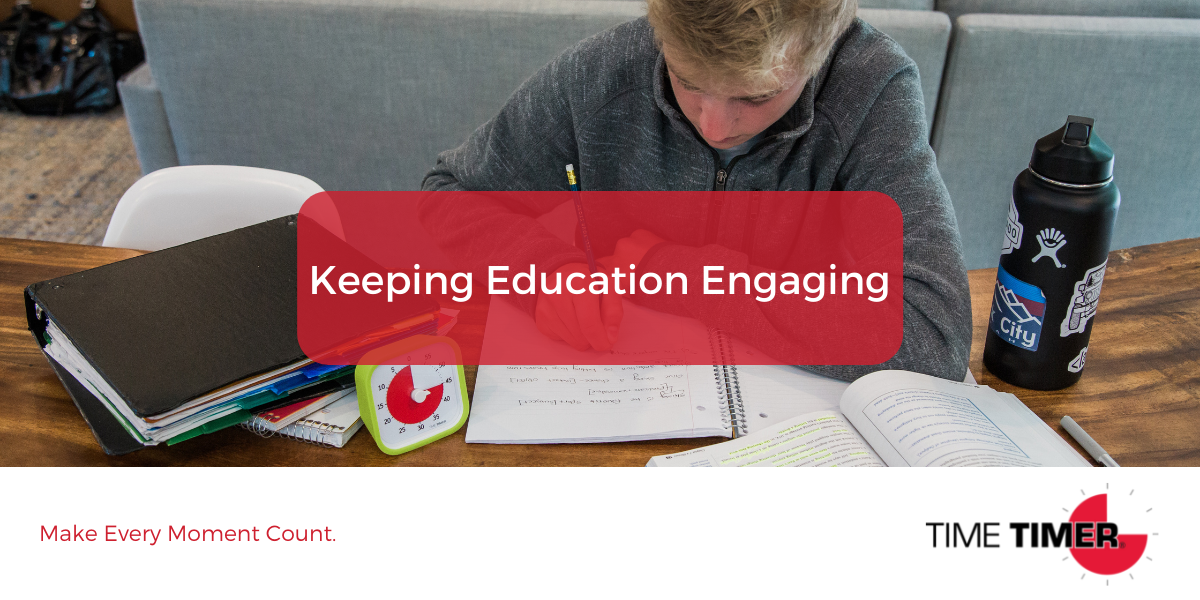It’s difficult to keep children engaged with education, given the number of distractions they have vying for their attention. If you have a child that struggles with learning, there are many things you can do to help them stay on track in between laps in the pool and games on the PlayStation. Keep reading for a few tips, brought to you by Read to Succeed.
Ask about expectations during the summer for the return to school
Although schools usually close for students during the summer months, many systems have educators and administrators working throughout the summer, especially toward the end of July and early August. Call your child's school as back to school approaches and ask about standards for the upcoming school year. They might be able to tell you which books and workbooks your child will be using, and if you live in a Common Core state, they can help you identify standards for your child’s grade. Knowing what your child is expected to learn by the end of the upcoming school year can give you direction when it’s time to plan your educational exercises.
Consider their needs
No two children learn the same way. If your child has special needs, such as dyslexia or autism, do them – and yourself – a favor by looking for adaptive technologies that take their abilities into account. Children with dyslexia will benefit from learning how to write in cursive, reading books about their condition, and practicing their handwriting and reading comprehension skills.
Turn to art
Art projects are not just fun and games. Roots of Action contributor Marilyn Price-Mitchell, Ph.D, explains, “Art projects open windows to kids’ lifelong learning and creativity.” You can turn just about any academic lesson into a fun activity. You might, for example, paint pictures of trees at their various stages throughout the year. For this project, start by taking a walk through the woods so that your child can get up close and personal with their subjects. Let them feel the bark, touch the leaves, and sketch out how the branches reach away from the truck. This is a great way to sneak in a bit of science without busting out a lab coat (although it’s always a good idea to have a smock on hand while painting with younger kids).
Have a spare room in your home? Transform it into a crafting/hobby room that allows your child to explore their creativity in a space they can call their own. You can choose to completely revamp this space or outfit it with safe furniture and some easy-to-clean surfaces. However, if you opt to make changes to the space, don’t forget to take plenty of photos and keep a record of any expenses, as you could possibly use these to improve the value of your home if you decide to sell it at some point.
Let them enjoy apps
No educator would condone allowing Super Mario to take over your child’s education. However, technology is the way of today, and children will happily prefer whiling away in front of the screen over using a pencil and paper. Zift recommends Duolingo - Learn Languages Free, Khan Academy, and a select handful of other learning apps. CNN Health notes that screen time guidelines have recently changed and asserts that children over six years old should be granted media access according to their lifestyle and other factors.
In addition to games, some apps can help children with certain daily tasks and routines. For example, if you want your kids to spend a certain amount of time cleaning their rooms or working on chores, the Time Timer app can help you schedule that time in a fun and engaging manner. Thanks to the app’s easy-to-use interface, your children can look at the app and see exactly how much time they have remaining for that particular task.
Children who are struggling in school may do best when they are engaging with education whenever possible. Be creative, cater to their skills, and don’t be afraid to use technology to help them get ahead. Remember, a love of learning begins in childhood, and a positive experience now will help them overcome the social, academic, and emotional aspects of having a learning difference.
---------
Today’s blog post was provided by Emily Graham. Emily Graham is the creator of Mighty Moms. She believes being a mom is one of the hardest jobs around and wanted to create a support system for moms from all walks of life. On her site, she offers a wide range of info tailored for busy moms -- from how to reduce stress to creative ways to spend time together as a family.

